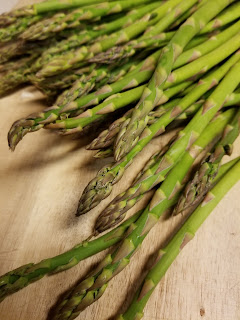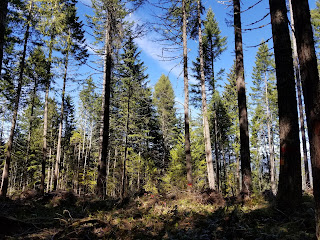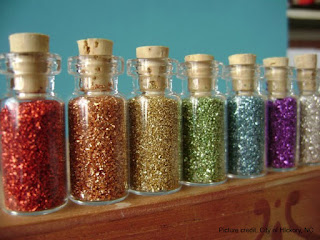How to Grow Edible Asparagus in a Raised Bed

Asparagus is rich in vitamins A, B2, and C and contains iron, calcium, and potassium (Ingram, 2002). Asparagus is a perennial vegetable suitable for all zones. Asparagus requires a lot of water and full sun. Plants reach full production in 2 - 3 years and continue producing for 10 - 15 years. PLANTING WHEN: Early Spring (cold climates); Fall and Winter (warm climates) WHERE: Sunny location; 8" below ground level; 12" apart HOW: Fill raised bed with loose, rich soil to 8" below the top of the bed Form 2 rows of mounds spaced 12" apart Drape roots evenly over mount C over with 2" of soil Soak with water (During the 1st season Only)- Fill the bed as the shoots appear until you reach the top of the bed NOTE: Do not cover growing tip! GROWING Cultivate, feed and water heavily. BLANCHING White asparagus form in the absence of sunlight. To achieve this, in spring, mount 8" of soil over the row of a...

